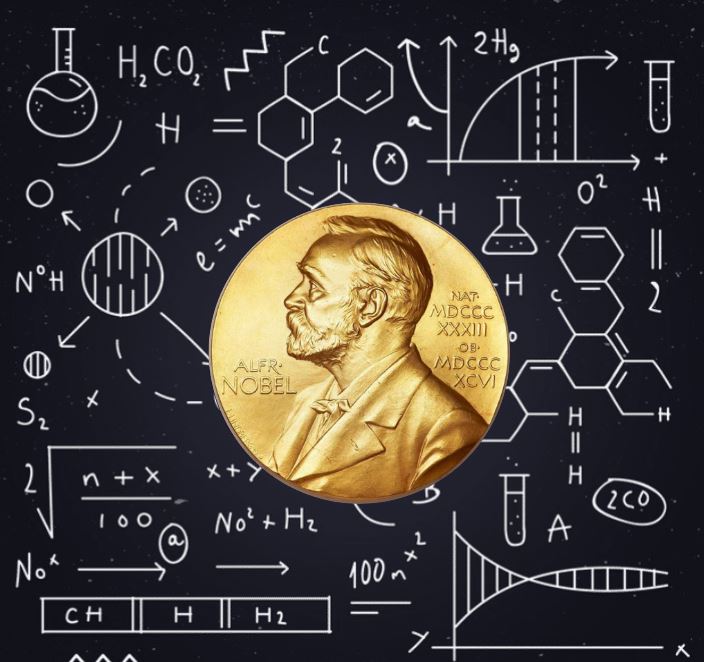2018 Nobel Prize in Physiology or Medicine

Nobel Prize in Physiology or Medicine ( For CANCER )
There is no award as prestigious as the Nobel Prize. The Nobel Prize category for Physiology or Medicine was created in 1901 with winning topics including the discovery of insulin, the discovery of human blood groups and the development of in vitro fertilization.
Check out the full list of winners here
For 2018, the prize was awarded jointly to James P Allison and Tasuku Honjo “for their discovery of cancer therapy by inhibition of negative immune regulation.” This marked the first Nobel Prize awarded to work involving cancer therapies.

Cancer is one of the greatest health challenges of our time. One of the reasons why cancer is such a difficult disease to treat is because cancer cells are able to essentially hide from our immune system. It does this through various proteins on the cell surface that act as a ‘brake’. These brakes allow the mutated cells to multiply when they would normally be attacked and killed by our immune system.
Finding a way to activate immune cells to attack cancer cells is in fact a very old concept. However, it has taken over a century to produce results with promising clinical applications.
Allison and Honjo have been independently researching brake mechanisms in cancer cells for the past decade. Their research has uncovered different strategies for inhibiting these brakes, thus allowing the immune system to detect and attack cancer cells. This discovery has led to the development of drugs, named checkpoint inhibitors, which have produced promising results in treating lung cancer, renal cancer, lymphoma and melanoma. Currently, there are a number of clinical trials investigating what is now known as Checkpoint Therapy.
Upon receiving the award, Allison took a moment “to give a shout out to all the [cancer] patients out there to let them know we’re making progress here.” Honjo similarly noted, “I want to continue my research … so that this immune therapy will save more cancer patients than ever.”
Read more about their Nobel Prize winning work here
